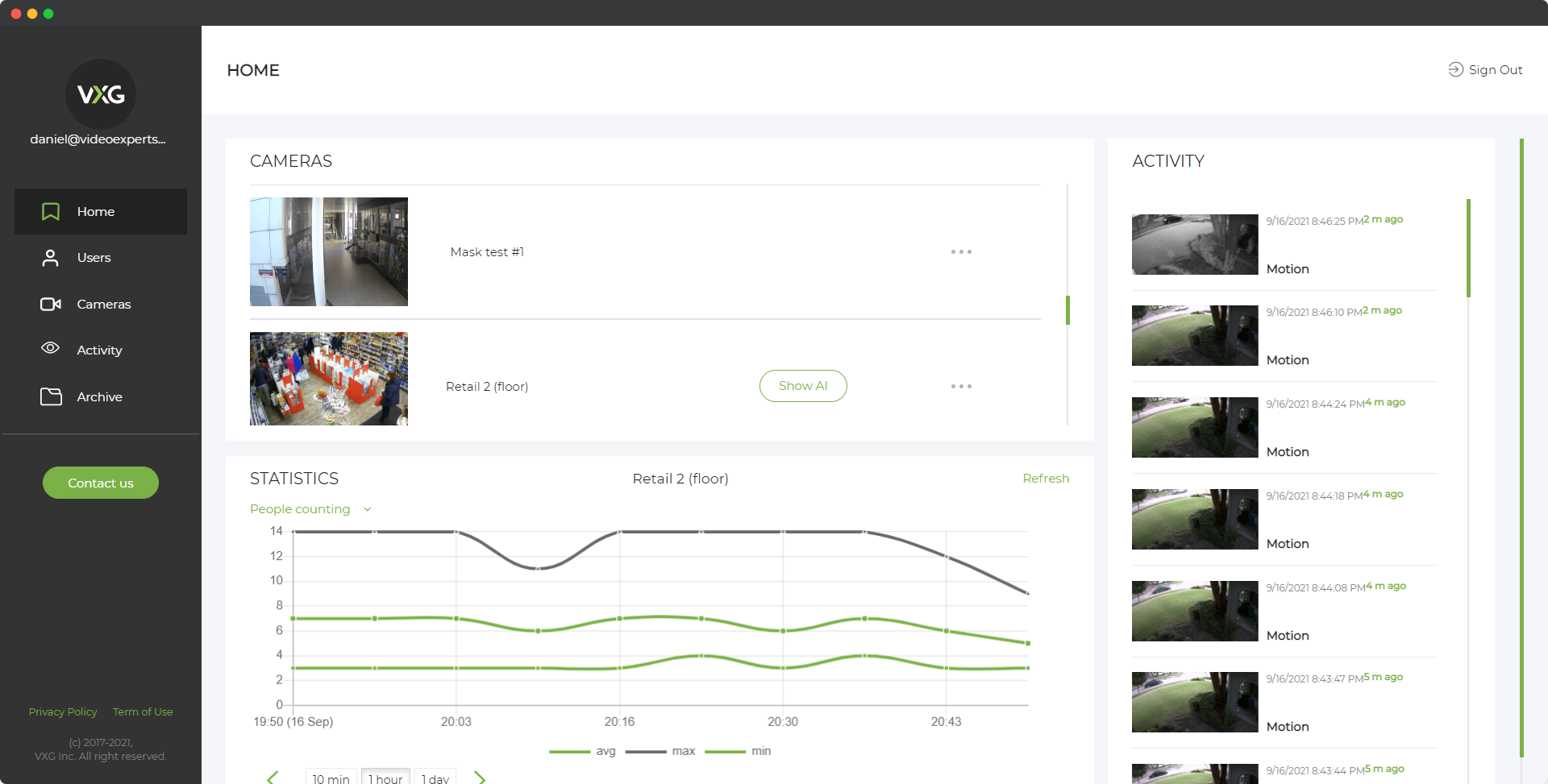In the ever-evolving world of digital imaging and surveillance technology, resolution is a critical parameter that influences the clarity and detail of captured images. Megapixels (MP) serve as a standard unit of measurement for image resolution, with higher numbers typically indicating enhanced image quality. This article explores the concept of 24MP resolution, detailing its definition, pixel count, typical configurations, and its viability for CCTV applications.
Meaning
24MP, or 24 Megapixels, signifies an image resolution consisting of twenty-four million pixels. Pixels are the minute elements that compose a digital image, and an increase in pixel count generally results in better image quality. In the context of digital photography and video surveillance, 24MP represents a high-resolution standard, often used in professional cameras and advanced surveillance systems to capture intricate details.
How Many Pixels is 24MP?
A 24MP image contains exactly 24,000,000 pixels. This high pixel count enables the capture of detailed and clear images, which is essential for various applications such as professional photography, medical imaging, and advanced security surveillance. The arrangement of these pixels can vary, but the total number remains twenty-four million, allowing for exceptional image detail and clarity.
What is the Resolution in 24MP?
The resolution of a 24MP image can differ based on the aspect ratio and the design of the imaging sensor. A common resolution for 24MP is 6000 x 4000 pixels, which provides a 3:2 aspect ratio. This resolution is typical in many DSLR and mirrorless cameras. Other possible configurations include 5760 x 4320 pixels for an 8K UHD format or 4928 x 3264 pixels, depending on the aspect ratio and specific requirements of the device. The key factor is that the total pixel count equals twenty-four million, enabling high-definition images suitable for a range of demanding applications.
CCTV Camera Resolution Chart
Below is a chart showing different CCTV camera resolutions, their corresponding megapixels, and the pixel dimensions (width x height):
| Megapixels | Resolution | Pixels Dimensions (width x height) |
| 0.3MP | 240p | 640 x 480 |
| 0.5MP | 360p | 640 x 360 |
| 0.9MP | 480p | 858 x 480 |
| 1MP | 720p | 1280 x 720 |
| 2MP | 1080p | 1920 x 1080 |
| 3MP | 1536p | 2048 x 1536 |
| 4MP | 1440p | 2560 x 1440 |
| 5MP | 1944p | 2592 x 1944 |
| 8MP | 2160p (4K UHD) | 3840 x 2160 |
| 12MP | 4000p | 4000 x 3000 |
| 24MP | 6000p | 6000 x 4000 |
This chart helps illustrate how different resolutions and megapixel counts relate to each other, showing the increasing detail captured by higher megapixel cameras.
Is a 24MP CCTV Camera Good?
The suitability of a 24MP CCTV camera for surveillance purposes depends on various factors, including the specific needs of the surveillance environment and the balance between image quality and system resources.
Advantages:
- Exceptional Image Detail: A 24MP camera provides an extremely high level of detail, making it ideal for scenarios that require meticulous monitoring. This includes facial recognition, license plate identification, and detailed observation of large, busy areas.
- Extensive Coverage: With a high resolution, a 24MP camera can monitor larger areas without losing detail, potentially reducing the number of cameras required for comprehensive coverage. This can be particularly beneficial in expansive environments such as stadiums, airports, and large commercial spaces.
- Superior Digital Zoom: The high pixel count allows for significant digital zoom capabilities, enabling users to enlarge specific areas within the frame without a significant loss of detail. This feature is crucial for forensic analysis and close-up inspections.
- Future-Proof Investment: Adopting high-resolution technology ensures that the surveillance system remains advanced and compatible with future technological developments, providing longevity to the investment.
Disadvantages:
- High Data Requirements: Capturing and storing 24MP images generates substantial amounts of data, necessitating significant storage capacity and higher bandwidth for transmission. This can be a challenge in settings with limited data resources.
- Increased Costs: 24MP cameras are generally more expensive than their lower-resolution counterparts, both in terms of initial purchase and ongoing operational costs related to data storage and bandwidth.
- Processing Demands: Handling 24MP images requires robust processing power, which may necessitate more sophisticated and costly hardware to ensure smooth operation and real-time processing capabilities.
A 24MP CCTV camera offers unparalleled image quality and is highly effective for applications that require detailed and expansive surveillance coverage. It is particularly well-suited for environments where high detail and wide-area monitoring are critical. However, the increased data requirements and associated costs should be carefully evaluated. Balancing the need for high-quality images with available resources and specific surveillance objectives will help determine if a 24MP camera is the right choice for your surveillance needs.
















